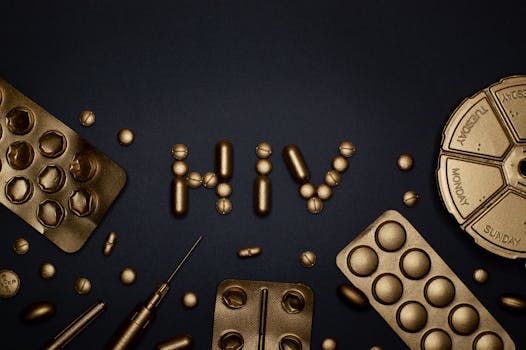
The Science Behind Vaccines and Public Health
Introduction to Vaccines and Public Health

The science behind vaccines is a vital component of public health, and understanding how vaccines work is essential for maintaining a healthy population. Vaccines have been widely used for decades to protect against infectious diseases, and their impact on public health has been significant. In this article, we will explore the science behind vaccines, how they work, and their role in maintaining public health.
How Vaccines Work

Vaccines work by introducing a small, harmless piece of a pathogen to the body, which triggers an immune response. This immune response helps the body to recognize and fight against the pathogen, providing protection against future infections. There are several types of vaccines, including inactivated vaccines, live attenuated vaccines, and subunit vaccines. Each type of vaccine has its own unique characteristics and is used to protect against specific diseases.
Types of Vaccines

There are several types of vaccines, including:
- Inactivated vaccines: These vaccines contain a killed or inactivated form of the pathogen, which cannot cause disease.
- Live attenuated vaccines: These vaccines contain a weakened form of the pathogen, which can cause a mild infection but still provides immunity.
- Subunit vaccines: These vaccines contain only a specific component of the pathogen, such as a protein or sugar, which triggers an immune response.
The Role of Vaccines in Public Health

Vaccines play a crucial role in maintaining public health by protecting against infectious diseases. By vaccinating a large portion of the population, vaccines can help to prevent the spread of diseases and protect those who are most vulnerable, such as the elderly and young children. Vaccines have been instrumental in controlling and eliminating many infectious diseases, including smallpox, polio, and measles.
Conclusion

In conclusion, the science behind vaccines is a vital component of public health. By understanding how vaccines work and their role in maintaining public health, we can better appreciate the importance of vaccine development and distribution. Vaccines have been widely used for decades to protect against infectious diseases, and their impact on public health has been significant. As we continue to face new and emerging diseases, the development of new vaccines will be crucial in maintaining public health and protecting against infectious diseases.





